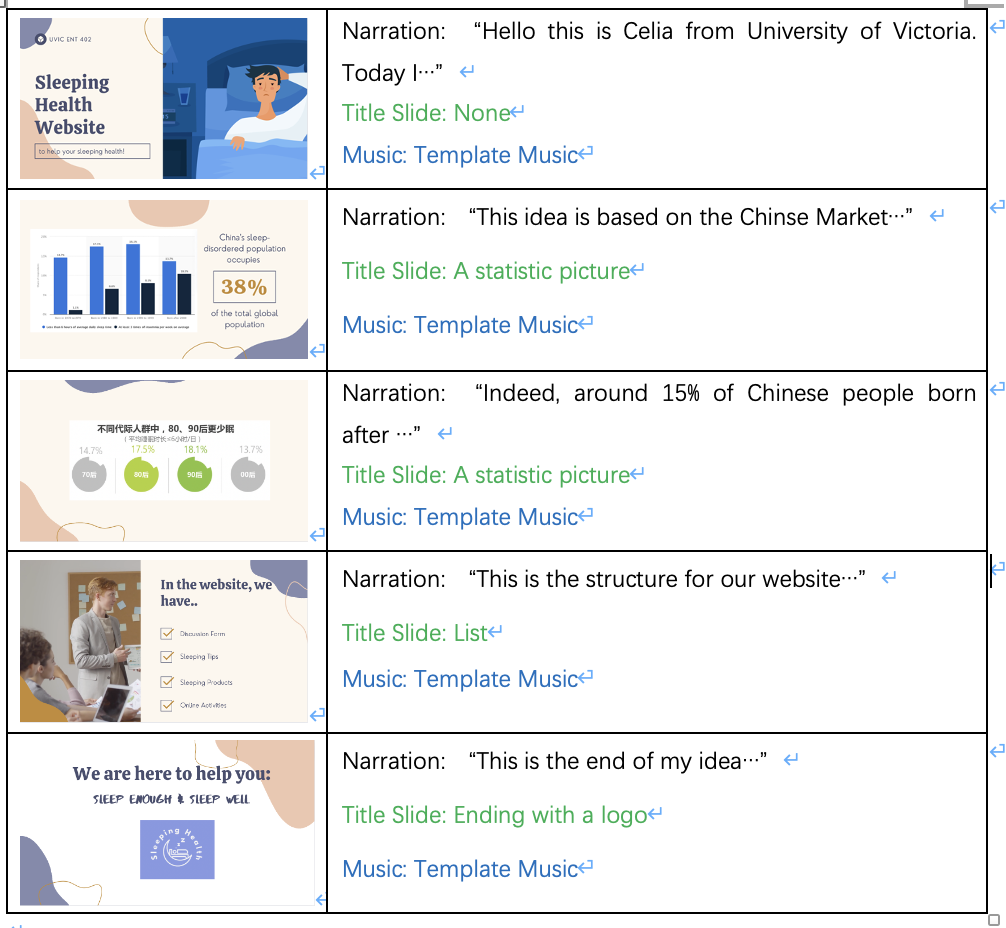
Storytelling not only has power in business but in learning or other presentations. It is a new learning technique with a better relationship between the teacher and the learner. From this week’s reading, we know that there are several advantages to using storytelling:
- Engage a sense of humor
- Catch students’ attention
- Develop an understanding of empathy
- Individualization
- Learning other cultures
Describe a meaningful learning experience that started with a story. What made it impactful for you? Did you recognize any of the storytelling techniques reviewed this week?
My storytelling experience is in my high school history class. The concepts in the textbook were dry and boring, and it was hard for me to memorize them, especially for the important dates. For example, it is easy to misremember what happened in different countries in the same year, but the descriptions of the stories deepen my impressions and interest in them.
In this learning experience, I recognize some storytelling techniques. The first technique is immersing the audience in a story. Compared to memory words, I prefer to listen to some interesting story that will engage my interests. The second technique is appealing to sense. Sometimes the teacher showed us some storytelling videos to help us to understand the historical figures better.
The script for a short story that has a learning purpose
I did a video for my entrepreneur course‘s customer research. I put this video in my question survey. (To watch the video, please click the link)
I didn’t put subtitles for this video because this video is not made from a video editing app. Sorry for the inconvenience.
| Who is my audience? |
| People who will do my question survey and might interested in my entrepreneur idea. |
| What specific problem will the tutorial solve? |
| I show some statistics to let people know where I got this idea. |
| What will the audience be able to do after watching this? |
| Know what my minimum variable product is. |
A study board for a short video to tell a story with a learning purpose

Connecting with Theories
Referring to the modality principle, the animation and narration presentation will be easier for the audience to understand my ideas by forcing the display to consist of animation and on-screen text. This video is inserted in Survey Monkey, and the most common video type in Survey Monkey is YouTube. However, considering the audience accessibility, I create it on Canva to generate a video link as the Chinese audience cannot access YouTube.
I used statistical facts as the opening of this video to attract the audience who might consider the question: “how will you solve this problem?” In the explanation part, I show examples and bring characters to life. After studying the infographic technology, I found that it can help to present the STAR moment with a more straightforward structure for the video. Therefore, I made the explanation part as the infographic below:

In the future, I will apply infographic, animation, and interesting facts to videos. Merrill’s five principles state that students can learn new knowledge by solving real-world problems and applying that knowledge to future situations. Once students have understood the concept, they need to take the initiative to research more information and share them with other students.